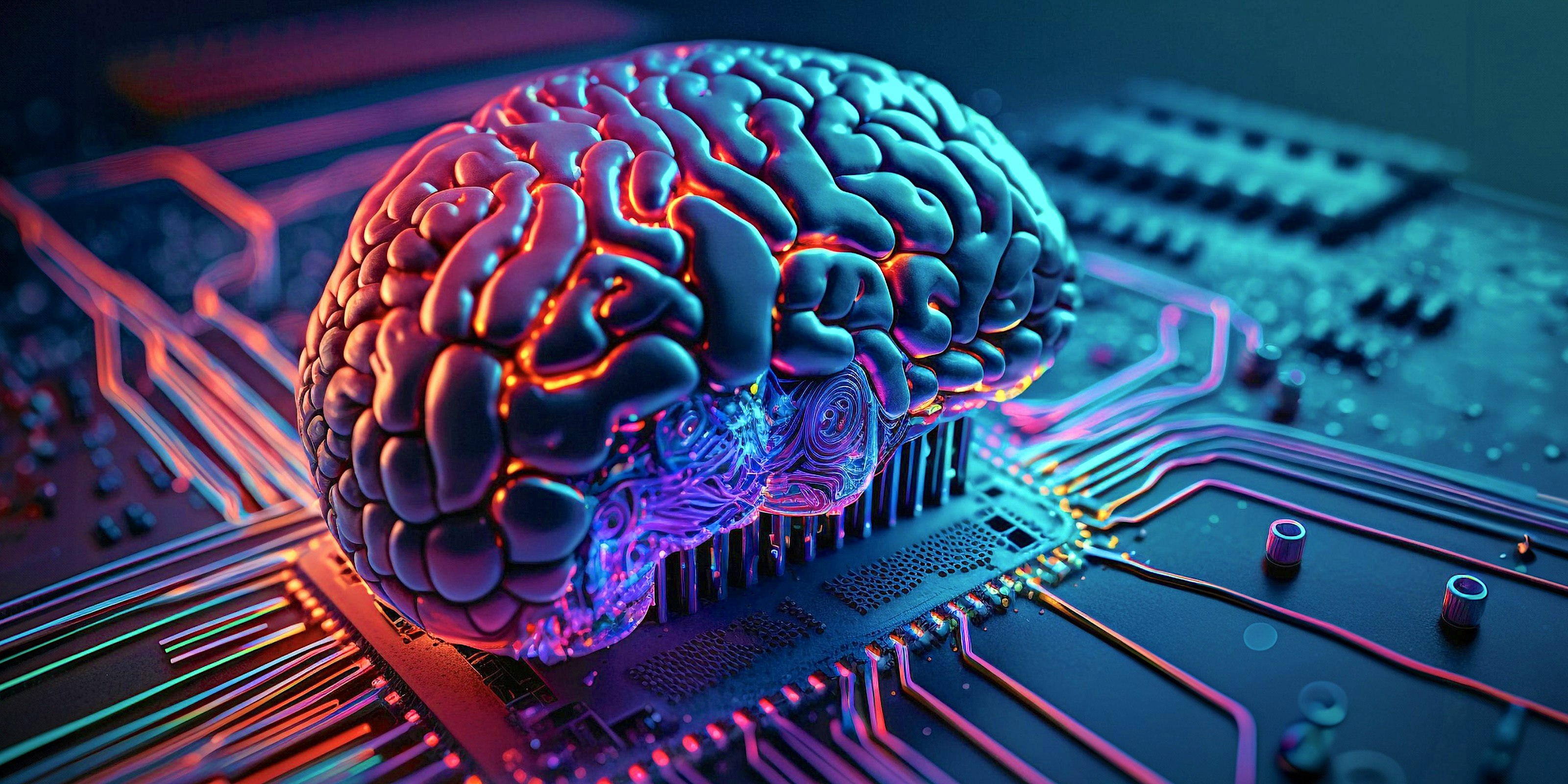It’s "Humans + AI" not Humans vs. AI

Despite the concerns of many, or popular opinion, AI is not going to "take over". AI is largely incapable of doing entire jobs (for example, a data analyst) and it certainly can't oversee itself from a risk or ethics standpoint. However, it is great at doing specific tasks within broader jobs (like data cleansing).
Here's another example - in March 2023, designers were concerned about software called “CTRHero” claiming to be the “AI to replace thumbnail artists.” The tool was actually Midjourney. Meanwhile, thumbnail artists who embraced AI tools like Midjourney and other generative fill tools were (and are) producing superior thumbnails way faster.
The lesson here is to learn how to use AI to expand your capabilities, speed and reach - use it to do your job better. AI won’t replace humans, but humans that use AI will replace humans without AI.
The future belongs to those that embrace AI.
Employees need new skills and knowledge
Executives surveyed by IBM predict that 40% of their workforce will require reskilling due to AI. This doesn't mean that employees have to become AI experts, or understand how Large Language Models (LLMs) or Generative AI works in detail. Instead they need to know what it can do, and how to best apply it to their roles. Maybe even more importantly, they need to understand it's limitations and pitfalls.
Reskilling will differ based on profession, but Google's intro AI courses are a good start (and free).
You don't need to understand how a steam engine works to operate a train, nor how a Lancashire loom works to operate one. Employees don't need to understand how a Large Language Model is developed and trained.
They need to know: What can LLMs do? What are the limitations?
-
Craft Tailored Pitches
Fine-tune your sales pitches by testing different approaches. Draft a message, feed it to the AI, and see how it responds. Refine based on feedback until you have a pitch that hits all the right notes. Examples:
- "How can I improve this pitch to make it more engaging for a [specific industry] business owner?"
- "Give feedback on this sales pitch intended for a small business in [specific industry]."
- "Which key benefits should I emphasize when reaching out to a [specific industry] business about [your product/service]?"
- "Tailor my initial outreach message to an owner of [specific industry] using sales prospecting best practices."
-
Research and Data Collection
If you need quick information about specific industries or market trends, ChatGPT can provide insights. Ask it about the latest trends in small business lending or the most common challenges faced by local retailers. This helps you tailor your solutions to address real, current challenges.
- "What are the recent developments in the [specific industry] over the last year?"
- "Provide statistics on the adoption of [specific tech/service] in the [specific industry]."
- "List common pain points for businesses in [specific industry] when it comes to [specific aspect, e.g., online sales, inventory management, etc.]."
-
Enhance Email Campaigns Struggling with writer's block while crafting that perfect email campaign? Use ChatGPT to brainstorm subject lines, email body content, or call-to-actions that resonate with small business owners.
- "Suggest engaging subject lines for an email campaign targeting [specific industry] business owners about [specific product/service]."
- "Provide a compelling call-to-action for an email targeting local businesses in [specific industry]."
- "Draft an email introduction that highlights the importance of [specific product/service] for businesses in [specific industry]."
-
Objection Handling
- "If a small business owner says they're not ready to invest in [your product/service], how can I respond?"
- "What's a good counterpoint if a retailer believes they don't need [specific type of software]?"
Reskilling Needs To Happen In Schools, Too.
As the skills required for success in the workplace evolve, so too must the skills we teach in the classroom. Today, schools seem more preoccupied with catching AI cheaters than considering whether their teaching is even up to date. This challenge should not be downplayed - just last month, GPT-4 scored a 3.57 GPA in a series of Harvard essays, aligning with the average Harvard GPA (due to their renowned grade inflation).
There’s no easy answer for educators, but step #1 is welcoming AI in the classroom, not ignoring it. Two Wharton Professors published 7 strategies for integrating AI into education, such as using it for feedback, explanations, and simulations.
Being “Human-Like” Is More Important Than Ever.
As AI skills grow in importance, so too are people skills. A LinkedIn AI report found that since ChatGPT emerged, the fastest growing in-demand skills are actually complimentary human skills:
- Flexibility (+158%).
- Professional ethics (+120%).
- Social perceptiveness (+118%).
- Self-management (83%).
…and an astonishing 92% of execs agree that people skills are more crucial now than ever before.
In a world where AI can handle many human tasks, excelling at what AI can't do (at least for the foreseeable future) is a tremendous advantage.
For us, that's crafting content that resonates as human-written, not AI-generated (cause it is). It's making typos in our spellng. Cracking jokes. Embracing a cat-themed brand.
This piece does a great job explaining the importance of distinguishing oneself against generative AI, using writing as an example.
Big-picture AI trends:
- Prompt engineering might be going away. At least according to OpenAI’s DevRel lead Logan Kilpatrick
- Everything is going multimodal, meaning models will have the ability to chat, read, see, and listen—all in one place (ChatGPT-4v is just the tip of the iceberg).
- AI agents are coming. Chatbots are OK, but AIs that can actually perform tasks across workflows will be the real 10x.
- AI’s context will improve, so it’ll remember you and what you’re trying to get done.
References
https://papers.ssrn.com/sol3/papers.cfm?abstract_id=4475995 https://www.reuters.com/technology/mad-men-machines-big-advertisers-shift-ai-2023-08-18/ https://hbr.org/2023/08/ai-wont-replace-humans-but-humans-with-ai-will-replace-humans-without-ai
